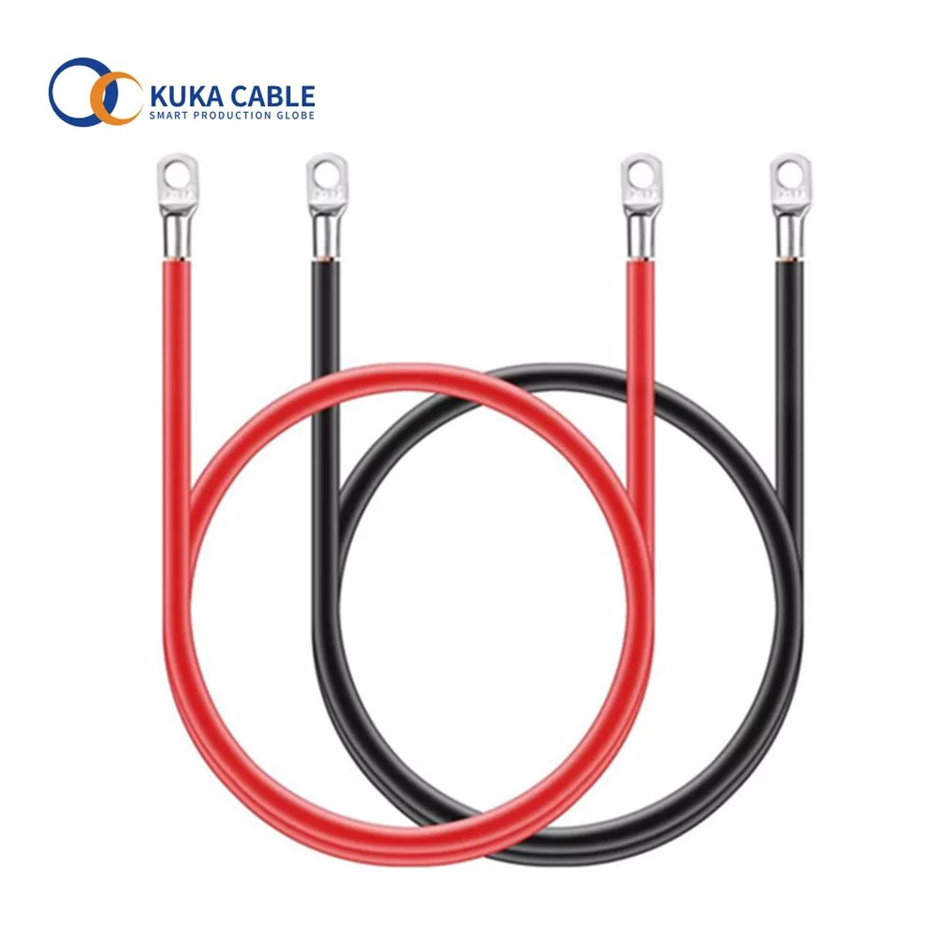In the realm of solar power solutions, the intricate web of components that make up a photovoltaic (PV) system relies heavily on the efficiency and reliability of each element. Among these, PV cables play a pivotal role in ensuring the seamless flow of energy from solar panels to inverters and, ultimately, into our power grids. This detailed article aims to guide you through the complex landscape of
PV cable, shedding light on their role and the critical factors to consider when selecting the right cable for your solar power solution.

Understanding the Role of PV Cables:
PV cables serve as the lifelines of a solar power system, acting as the conduits that connect different components and facilitate the efficient transmission of electrical energy. Their primary roles within a solar power solution include:
1. Energy Transmission:
PV cables are responsible for transmitting the direct current (DC) generated by solar panels to the inverter, where it is converted into alternating current (AC) suitable for use in homes and businesses. The efficiency of this transmission is crucial for maximizing the overall performance of the solar system.
2. System Connectivity:
Beyond connecting solar panels to inverters, PV cables facilitate the interconnection of various components within the solar system. This includes connecting the inverter to the grid, batteries, and other essential elements, creating a cohesive and integrated energy production and distribution network.
Critical Factors in Selecting PV Cables:
1. Cable Type:
PV cables come in different types, with photovoltaic (PV) cables connecting solar panels to inverters, and direct current (DC) cables handling power transmission within the solar system. Understanding the specific roles of these cables is vital for selecting the right type based on your system's configuration.
2. Materials and Construction:
The materials used in PV cable construction play a crucial role in determining their durability and performance. Cross-linked polyethylene (XLPE) and ethylene propylene rubber (EPR) are common materials known for their resistance to UV radiation, flexibility, and durability, ensuring the cables can withstand outdoor conditions.
3. Voltage Ratings:
Different solar installations require PV cables with varying voltage ratings. It's essential to match the cable's voltage rating with the specific requirements of your solar panels and inverters to ensure safe and efficient power transmission.
4. Certifications and Standards:
Reputable PV cables carry certifications from organizations such as TUV, signifying compliance with international safety and performance standards. Checking for certifications ensures that the cables meet industry requirements for reliability and safety.
5. UV Resistance and Durability:
Given their exposure to direct sunlight, PV cables must possess UV-resistant properties to prevent degradation over time. Additionally, prioritizing durable cables that can withstand environmental factors ensures a longer lifespan and sustained performance.
Conclusion:
Navigating the role and selection of PV cables in solar power solutions is a critical aspect of ensuring the efficiency and reliability of your photovoltaic system. Understanding the functions of PV cables and considering factors such as cable type, materials, voltage ratings, certifications, UV resistance, and durability will empower you to make informed decisions. As we continue to harness the sun's energy for a sustainable future, the role of PV cables becomes increasingly significant, shaping the foundation of efficient and clean solar power solutions.